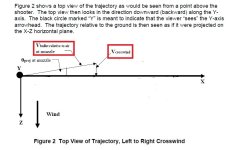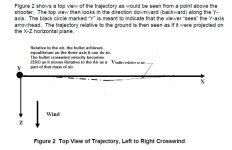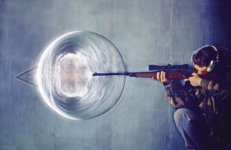The 1st impulse is the "normal" recoil force due to the bullet accelerates down the bore. The 2nd impulse is the result of the bcg + buffer bottoms out on the buffer tube. The first one affects how the rifle shoots, and the second one affects how the shooter feels, although I have met people who insist both affects the rifle's (not the shooter's) accuracy.Yes, the logic indicates that the recoil starts when the bullet starts moving but most footage can lead to misconceptions.
I found the clip with the AR bolt interesting too, it clearly shows two impulses: a small one before the the bolt is fully to the rear and another larger one when everything “bottoms out.”
Thank you for taking the time to reply.
It is generally believed that auto loaders kick less. Clearly it is the 2nd impulse we are concerning. Can a semi auto kick worse? Can a light recoiling gun, such as an AR, kicks even lighter? And how?
A new conejo hole perhaps.
-TL
Sent from my SM-N960U using Tapatalk



